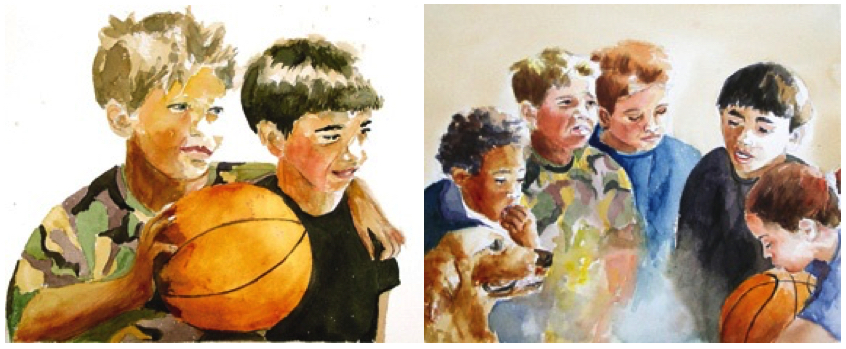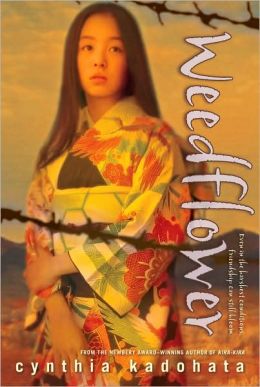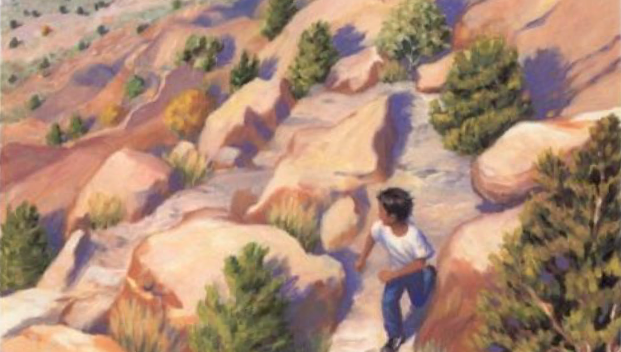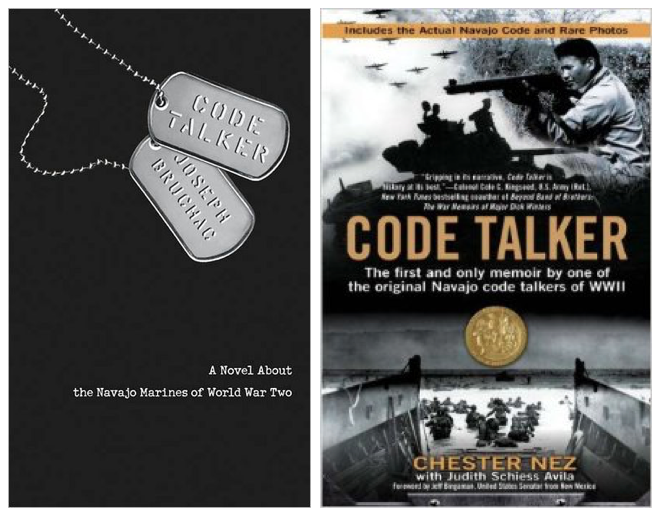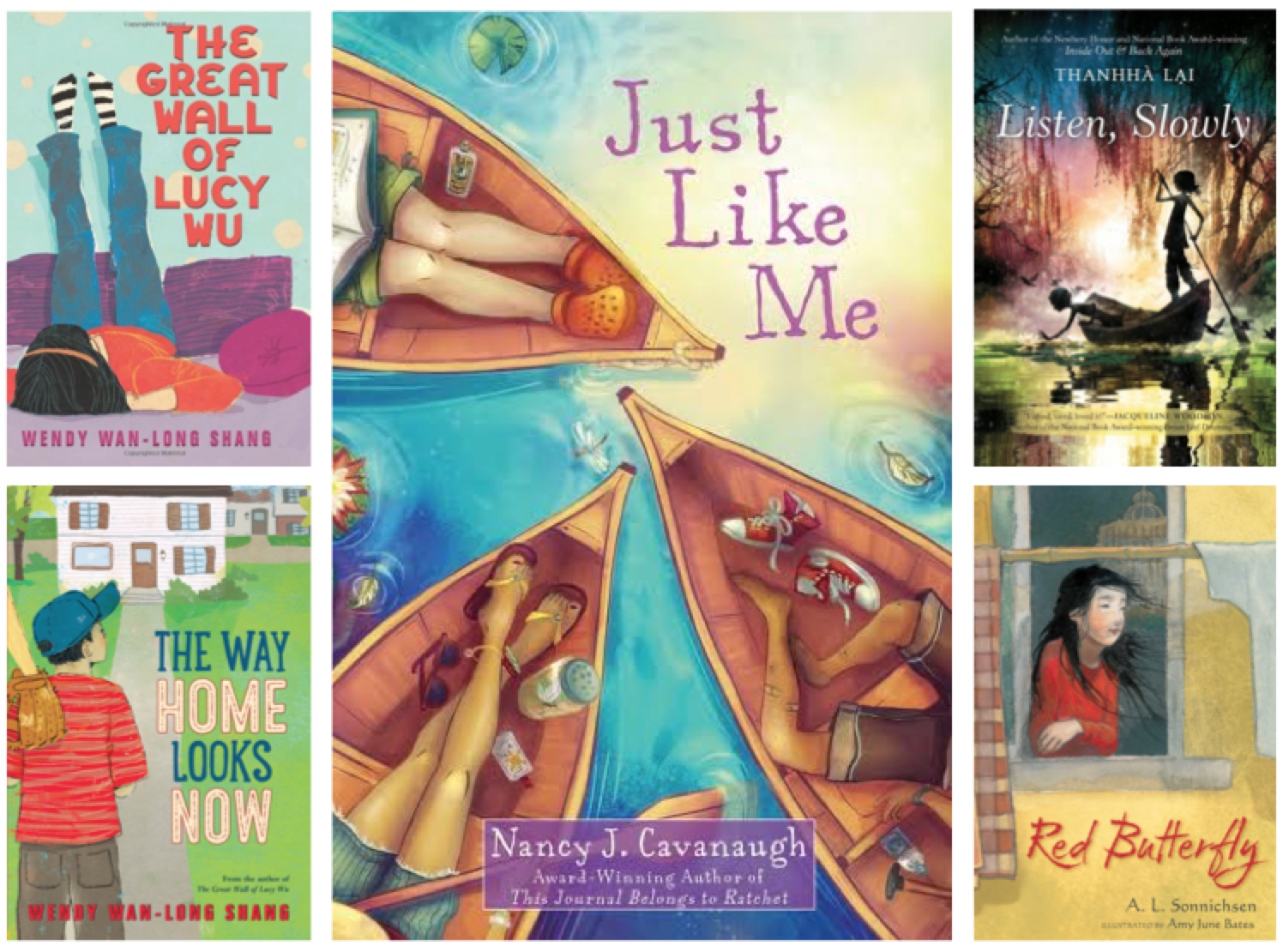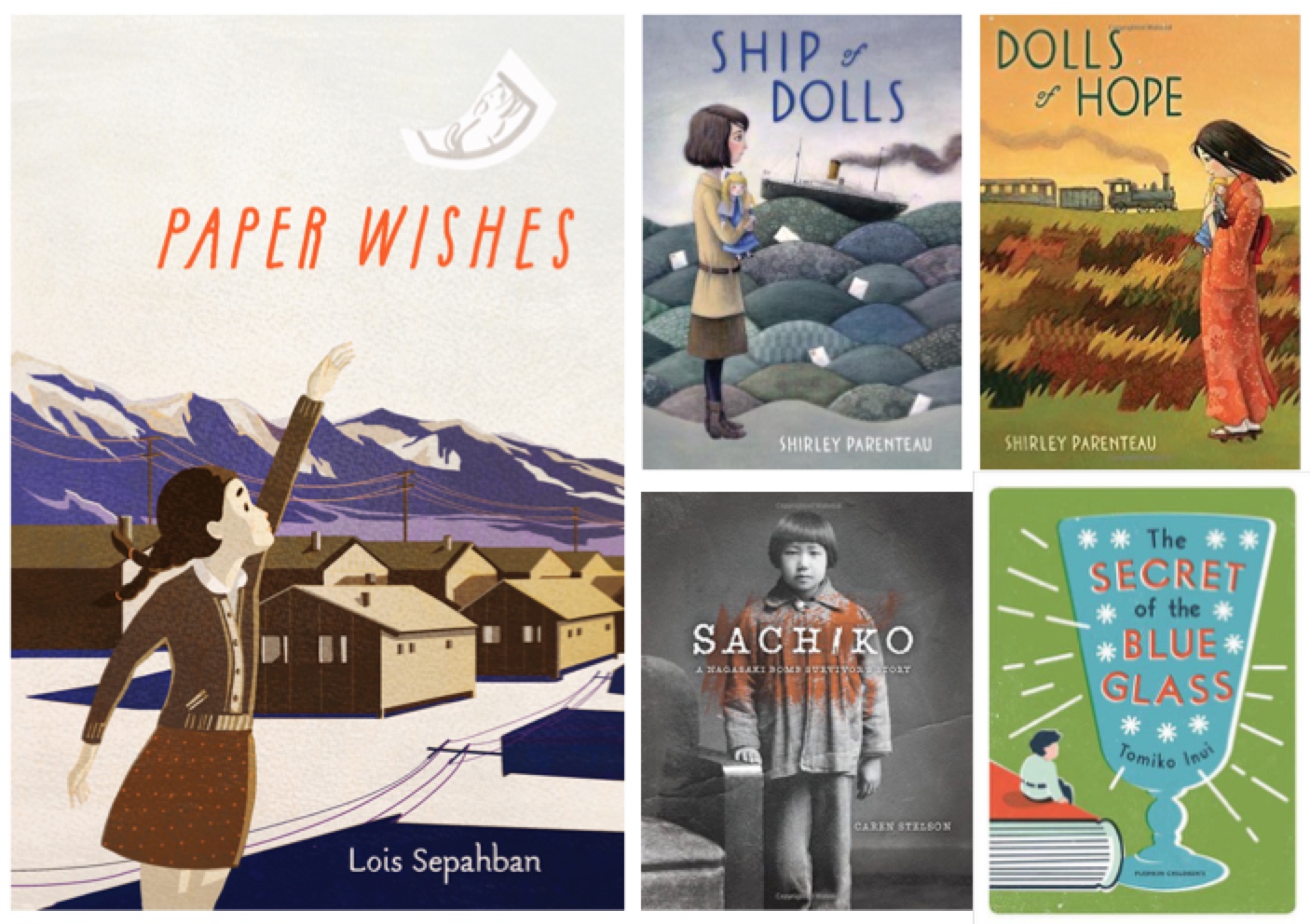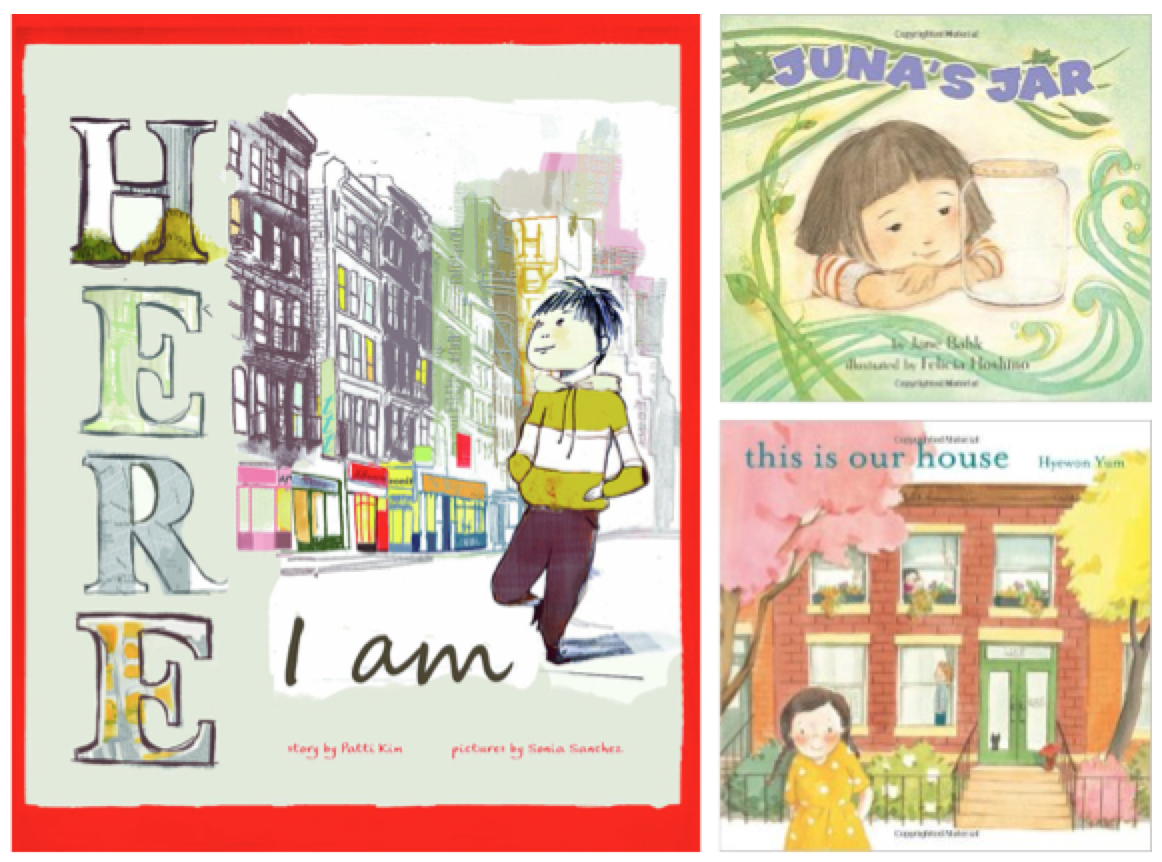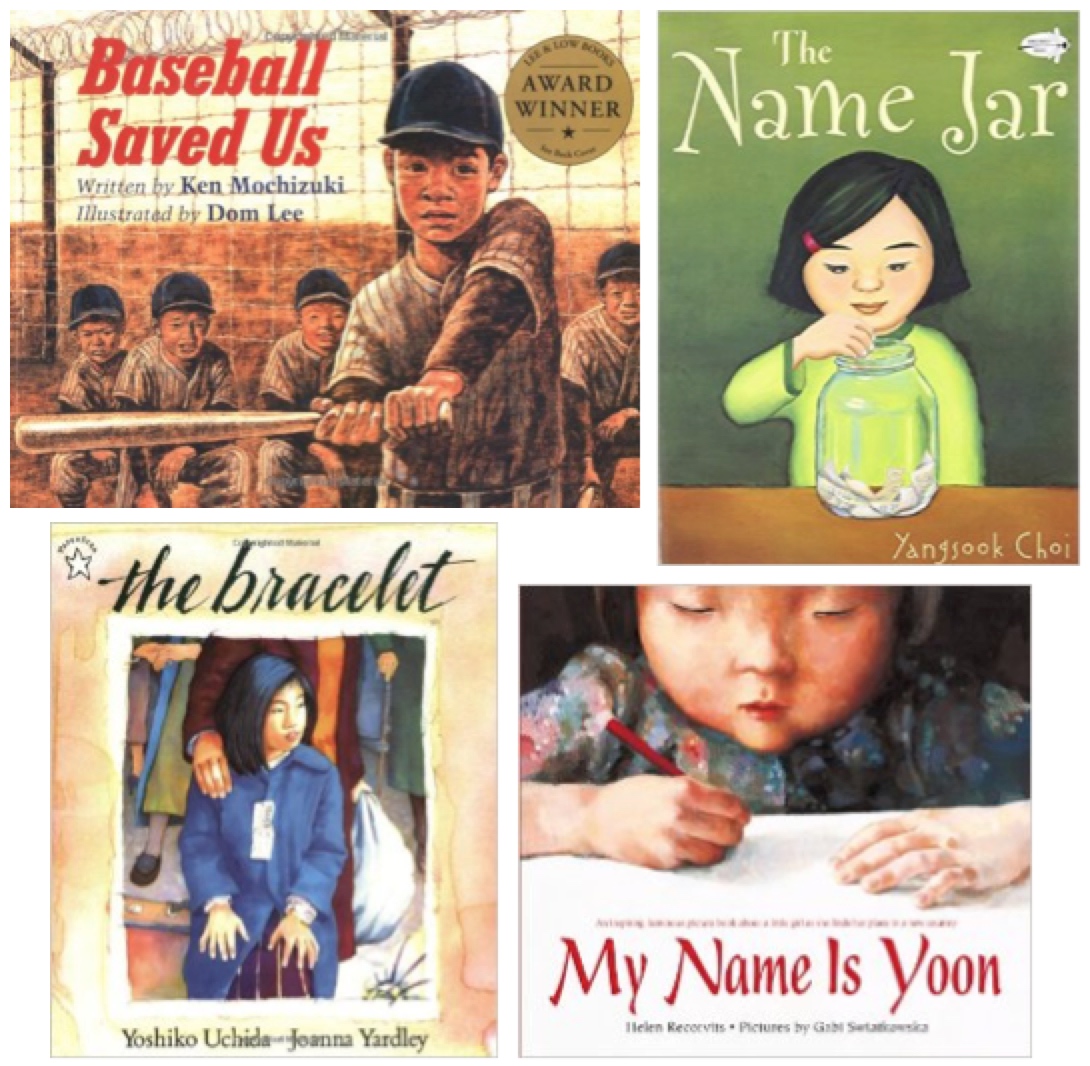By Lauren Freedman
December’s WOW Currents will focus on sharing immigrant and refugee stories of those children and their families who have been forced to leave the comfort of their homelands. Immigrants and refugees leave their known lives due to war, famine and genocide, among other hardships and disasters. The topic of immigration and refugees is of specific relevance in the current political climate throughout the United States. Sharing immigrant and refugee stories is particularly important in our schools, where bullying of students who are deemed to be “different” due to language, religion and skin color has increased.
Continue reading


